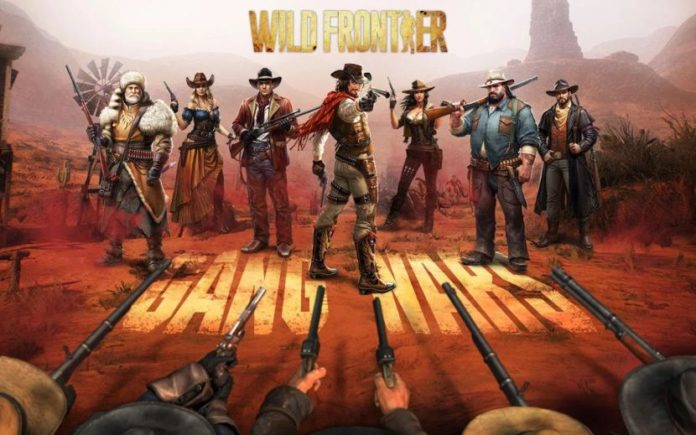


In modern history, colonialism and imperialism has applied and produced elaborate use and concepts of a frontier, especially in the settler colonial states of North America, expressed by the " Manifest Destiny" and " Frontier Thesis". Later in the early twelfth century, Song Dynasty invaded the Liao and dismantled the northern forest, converting the former defensive border into an expanding frontier. In the eleventh-century China, China's Song Dynasty defended its northern border with the nomadic Liao empire by building an extensive manmade forest. From the reign of Augustus onward, the Roman borders turned into defensive boundaries that divided the Roman and non-Roman realms. In Ancient Rome, the Roman Republic experienced a period of active expansion and creating new frontiers. The frontier was not always a single continuous area, as California and various large cities were populated before the land that connected those to the East.įrontiers and borders also imply different geopolitical strategies. For example, the frontier between the Eastern United States and the Old West in the 1800s was an area where European American settlements gradually thinned out and gave way to Native American settlements or uninhabited land. Unlike a border-a rigid and clear-cut form of state boundary -in the most general sense a frontier can be fuzzy or diffuse. The term came from French in the 15th century, with the meaning "borderland"-the region of a country that fronts on another country (see also marches). A frontier can also be referred to as a "front". A restored pioneer house at the National Ranching Heritage Center in Lubbock, Texas, US.Ī frontier is the political and geographical area near or beyond a boundary.

For other uses, see Virgin land (disambiguation).


 0 kommentar(er)
0 kommentar(er)
